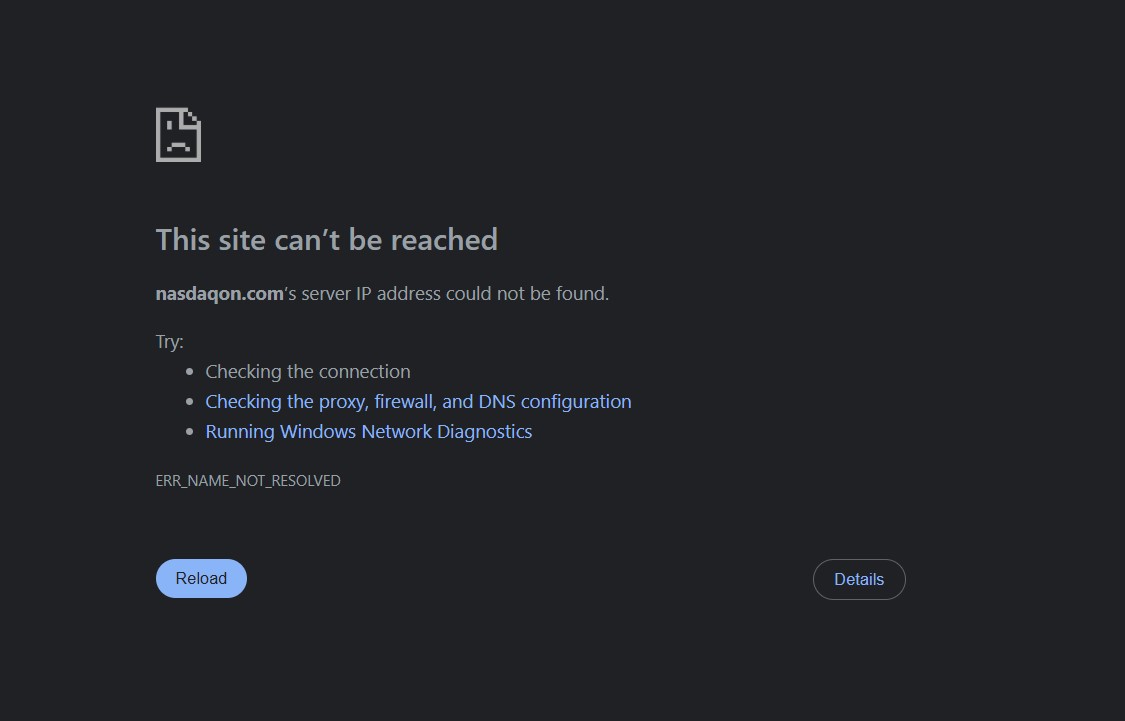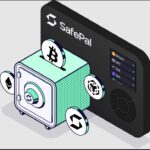Nasdaqon.com Reviews: The Scam Behind.
Introduction: A Name That Carried Weight — Until It Didn’t
“Nasdaqon.com” sounds suspiciously close to “Nasdaq,” the globally recognized stock exchange. That similarity alone gave it an air of legitimacy. But this was no investment platform—it was a contrived impersonation designed to exploit trust and lure victims into a carefully constructed trap.
This breakdown delves deeply into how Nasdaqon.com deceived users, the tactics it used, and the emotional aftermath left in its wake.
Name Deception: Hijacking Trust by Association
The “Nasdaq” prefix immediately injects credibility. For the uninformed or hurried, the additional “on” difference may seem negligible. Scammers used this to their advantage—leaning on assumed affiliation with financial legitimacy that never existed, all while capitalizing on brand confusion.
From there, flashy visuals, exchange-inspired layouts, simulated charts, and investing jargon reinforced the illusion: this wasn’t a scam—it was a financial opportunity, as far as victims could see.
Anatomy of the Scam: How the Trap Unfolded
A. The Initial Hook — Familiar Branding and Flattery
Prospective users were greeted by slick messaging: “Trade like the pros,” “NASDAQ-backed platform,” and “fast, growing portfolios.” Coupled with “50% bonus on your first deposit” or other promotional claims, victims felt both welcomed and prioritized.
B. Phony Deposits, Fake Balances, and False Confidence
Early deposits were often small and accompanied by quick but false confirmations. Users might even be encouraged to withdraw a tiny profit, further cementing a false sense of trust and reinforcing the belief that the system worked.
C. The Withdrawal Lockdown — Fees, Verification, and Delay Tactics
When victims attempted larger withdrawals, the platform balked. Suddenly, “compliance taxes,” “ID verifications,” or “banking delays” appeared. Each obstacle seemed plausible enough to believe—yet served to collect even more funds while keeps access permanently blocked.
D. Momentum of Disappearance — Someone Pulled the Plug
Once they’d extracted maximum funds, the operators simply vanished. Websites went dark. Contact channels disappeared. Domains expired. Everything collapsed, leaving victims with zero access and mounting realization of betrayal.
The Warning Signs That Were Right There
| Red Flag | Underlying Reason |
|---|---|
| Brand mimicry of a globally known name | Trust misdirection |
| Hidden ownership and anonymous operation | No accountability |
| Unrealistic bonuses and trading promises | Engineered allure |
| Simulated dashboards and fake gains | Emotional manipulation |
| Surprise withdrawal fees | Escalated entrapment |
| Swift disappearance without trace | Exit scam behavior |
These red flags, unchecked, paved a clear path to victimization.
Why It Worked: Emotional Triggers Exploited
Cognitive Shortcut via Familiarity
When a name looks like “Nasdaq,” the mind relaxes vigilance. Logos, gloss, and financial terms trick us into trusting without digging deeper.
The Sunk-Cost Spiral
After investing even a modest amount, seeing numbers go up—even if fictitious—makes it psychologically harder to walk away. We chase losses, and the scamper along.
Echo of Legitimacy
Fake testimonials, “support agents,” or phone invitations reinforce false narratives, camouflaged in scripts.
Voices from the Digital Trenches: Real Suffering Beyond the Numbers
Though specific quotes aren’t linked here, patterns emerge: users report that small withdrawals worked temporarily, lending false confidence. But when a larger withdrawal was requested, the excuses began—and the story ended with vanished contact and evaporated funds.
Scam Playbook: From Lure to Vanish
-
Introduction: Victim encounters sleek ads or messages referencing “Nasdaq” credentials.
-
Deposit Initiation: A small amount is moved to the platform.
-
Fake Success: Balances inflate, and a small withdrawal succeeds.
-
Withdrawal Block: Suddenly, access is denied with explanations.
-
Upsell Trap: More funds requested to “unlock” or resolve issues.
-
Platform Vanishes: Domain disappears, support gone, users stuck.
The Broader Scam Landscape: How Nasdaqon.com Fits In
This is not a one-off. It’s part of a larger narrative:
-
Brand-illusion scams: Copying or modifying recognized names to build false trust.
-
Template-driven sites: Recycling visuals, pages, and messages for rapid deployment.
-
Non-regulated shell operations: Operating outside the reach of any financial watchdog.
-
Continuously reborn platforms: Establishment, exploitation, exit, and reemergence under new aliases.
Emotional Aftershocks: More Than Financial Loss
The most heart-wrenching damage wasn’t monetary.
-
Regret: Especially when friends or family were invited and harmed.
-
Trust erosion: Both in potential investments and in one’s own judgment.
-
Ongoing anxiety: A fear that every investment platform might now be a trap.
Final Thoughts: Seeking Clarity Amid Deception
Nasdaqon.com is not the first scam to hijack a name—but its use of brand familiarity and emotional misdirection makes it powerful. Recognizing the red flags—phony chefs of facade, unexpected fees, withdrawal resistance, and vanishing platforms—is a shield, not a cynicism.
Keep curiosity healthy, not reckless. If it ferments too quickly into trust, caution is your anchor.
Report Nasdaqon.com and Recover Your Funds
If you have lost money to Nasdaqon.com, it’s important to take action immediately. Report the scam to Jayen-consulting.com, a trusted platform that assists victims in recovering their stolen funds. The sooner you act, the better your chances of reclaiming your money and holding these fraudsters accountable.
Scam brokers like Nasdaqon.com continue to target unsuspecting investors. Stay informed, avoid unregulated platforms, and report scams to protect yourself and others from financial fraud.
Stay smart. Stay safe.






